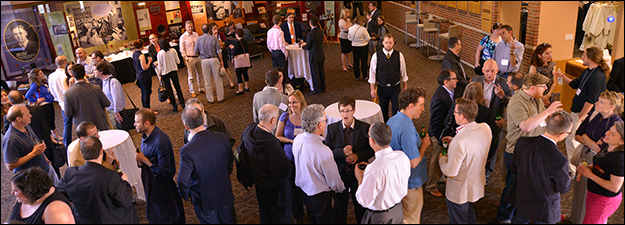Figurations of Male Beauty in Medieval Culture
Sponsoring Organization(s)
Special Session
Organizer Name
Gerry Guest
Organizer Affiliation
John Carroll Univ.
Presider Name
Gerry Guest
Paper Title 1
The Body Beautiful: Norse Models of Ideal Male Physique
Presenter 1 Name
Oren Falk
Presenter 1 Affiliation
Cornell Univ.
Paper Title 2
"Fine Words and Glorious Deeds": The Beauty, Heroism, and Gender Ambiguity of Richard the Lionheart in Fortz chausa es
Presenter 2 Name
Rachel May Golden
Presenter 2 Affiliation
Univ. of Tennessee-Knoxville
Paper Title 3
Blazon and the Green Knight
Presenter 3 Name
Sylvia Tomasch
Presenter 3 Affiliation
Hunter College, CUNY
Paper Title 4
Medieval "Muscularity": The Form of the Knightly Male Body
Presenter 4 Name
Steven Bruso
Presenter 4 Affiliation
Fordham Univ.
Start Date
16-5-2015 1:30 PM
Session Location
Schneider 1120
Description
During the central and later Middle Ages, there existed a complex set of typologies for understanding male beauty. Although often problematized, physical beauty could be seen as a positive trait in men. Thus, male saints could be described as physically beautifully, their outward appearance reflecting their inner sanctity. Knights might be described as beautiful, either in their physical proportions or for their glittering, colorful armor and accoutrements. Youthful male beauty was seen in still other ways. Elsewhere, male beauty could be also be seen as being intertwined with pride and other sins. Despite this provocative diversity of attitudes, little has been published on the ways in which medieval people understood the complex intersection of masculinity and beauty at this time. (Gerry Guest, John Carroll Univ.)
Figurations of Male Beauty in Medieval Culture
Schneider 1120
During the central and later Middle Ages, there existed a complex set of typologies for understanding male beauty. Although often problematized, physical beauty could be seen as a positive trait in men. Thus, male saints could be described as physically beautifully, their outward appearance reflecting their inner sanctity. Knights might be described as beautiful, either in their physical proportions or for their glittering, colorful armor and accoutrements. Youthful male beauty was seen in still other ways. Elsewhere, male beauty could be also be seen as being intertwined with pride and other sins. Despite this provocative diversity of attitudes, little has been published on the ways in which medieval people understood the complex intersection of masculinity and beauty at this time. (Gerry Guest, John Carroll Univ.)

